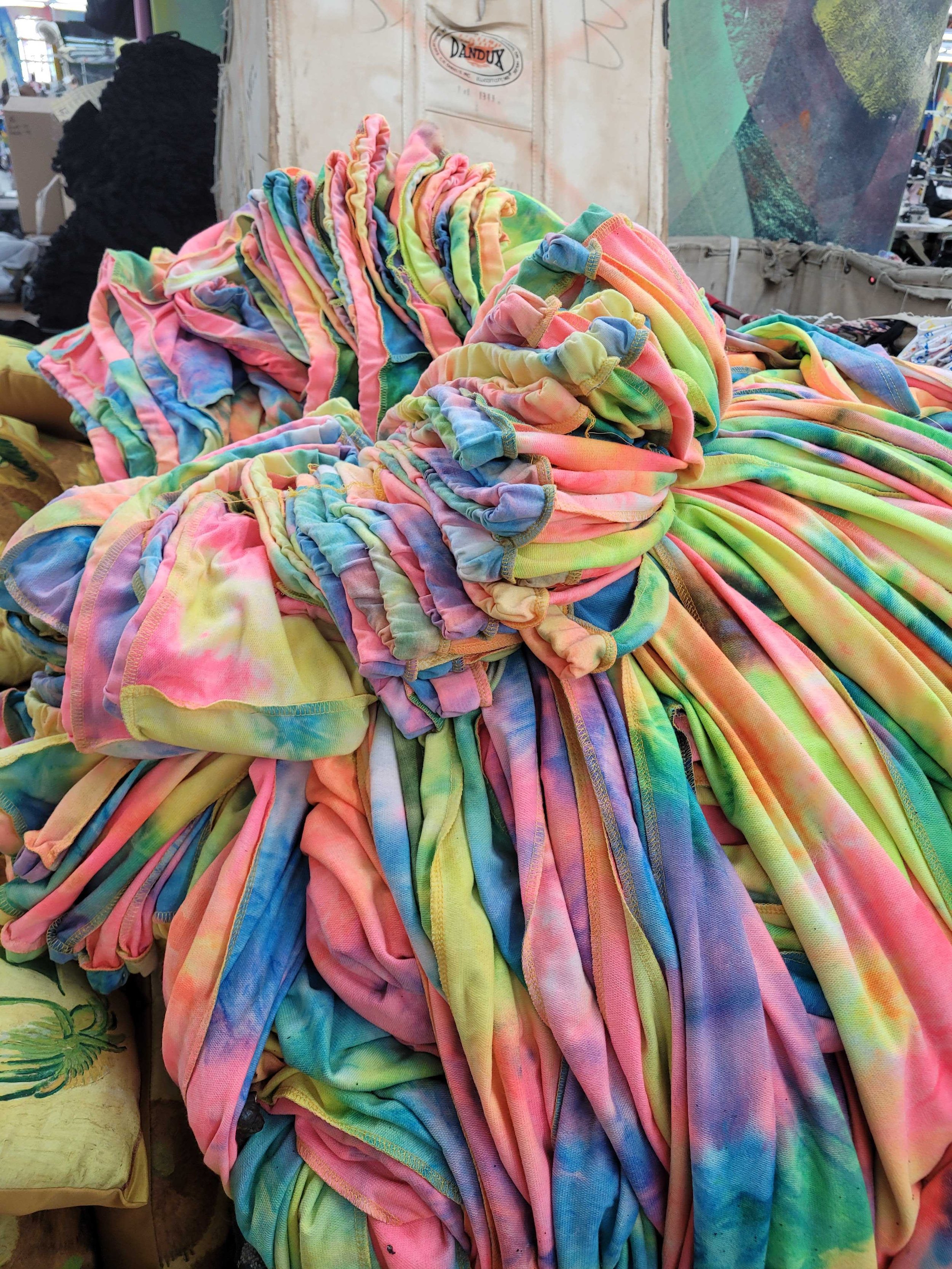Am I ordering Enough Products? Deciphering Order Quantities
Navigating the world of manufacturing involves making crucial decisions, and one of the most significant is determining how many products you should order. This decision isn't straightforward; it's influenced by a variety of factors, such as your budget constraints, market demand, and production logistics. Here is what to consider when deciphering order quantities for your products.
Your Vision and Budget
Your vision for your brand sets the stage for your manufacturing decisions. It's essential to align the quantity of products you order with your long-term goals and brand identity. Building your product strategy will differ if you want to start with a wholesale strategy vs. a Direct to Customer strategy. Additionally, consider your budget constraints carefully. Some companies like to start with smaller units, understanding that their initial margin rates may be lower - others prioritize profits, and order higher units per style to gain lower cost per unit. While you want to aim for growth, it's crucial to ensure that your production investment remains within your financial means.
Style Variety and Production Location
Are you offering a diverse range of styles to meet the needs of your customers? Each additional style adds complexity to the production process, affecting not only costs but also timelines. Think about the variety of styles you plan to produce and how this impacts your order quantity decisions. Furthermore, think about your chosen production location. Whether you opt for domestic manufacturing or overseas production, weigh the pros and cons of each in terms of costs, quality control, and lead times. AJG’s team of industry experts can help guide you in making the right decision for your brand, as well as tracking production timelines to ensure you are ready when your product arrives.
Leveraging Economies of Scale
One of the keys to cost-efficient manufacturing is leveraging economies of scale. This means finding the sweet spot where ordering a larger quantity of products results in lower production costs per unit. Consider the economies of scale in your production process and aim to reach a quantity range where you can take advantage of bulk pricing without overcommitting your resources.
Balancing Inventory and Market Testing
As a startup, market testing is crucial for understanding customer preferences and demand. While you may be tempted to order large quantities upfront, consider starting with smaller orders to minimize risk and gather valuable feedback from your target audience. On the other hand, if you're an established business, you have the advantage of market insight and may feel more confident in ordering larger quantities to capitalize on economies of scale and meet anticipated demand.
Understanding Minimum Order Quantities
MOQs, or Minimum Order Quantities, apply to all aspects of production. Materials, trims, and labor all have a minimum quantity required, and certain factories and mills have lower or higher MOQs than others. Lower MOQ factories can come with additional costs, such as dyeing surcharges or development fees. Utilizing available materials that are held in stock, as opposed to customized materials, can help you access lower quantity production. However there may be additional fees involved and stock fabrics move fast, so delaying your selection may result in items being out of stock and require re-sourcing. Your project manager will work with you and the suppliers to make sure you are accessing the materials and supply chain that is the best fit for your product.
Consultation and Advisement
Project managers can offer valuable insights and recommendations tailored to your specific circumstances. Whether it's optimizing order quantities to align with your budget or adjusting production timelines to meet market demand, their expertise can guide you toward informed decisions that support your brand's growth and success.
Determining order quantities is a multifaceted process that requires thoughtful consideration of various factors. By carefully evaluating your vision, budget, style variety, production location, and market dynamics, you can make informed decisions that set your brand up for success in the competitive manufacturing landscape.
Need help? Reach out to us to learn more!


